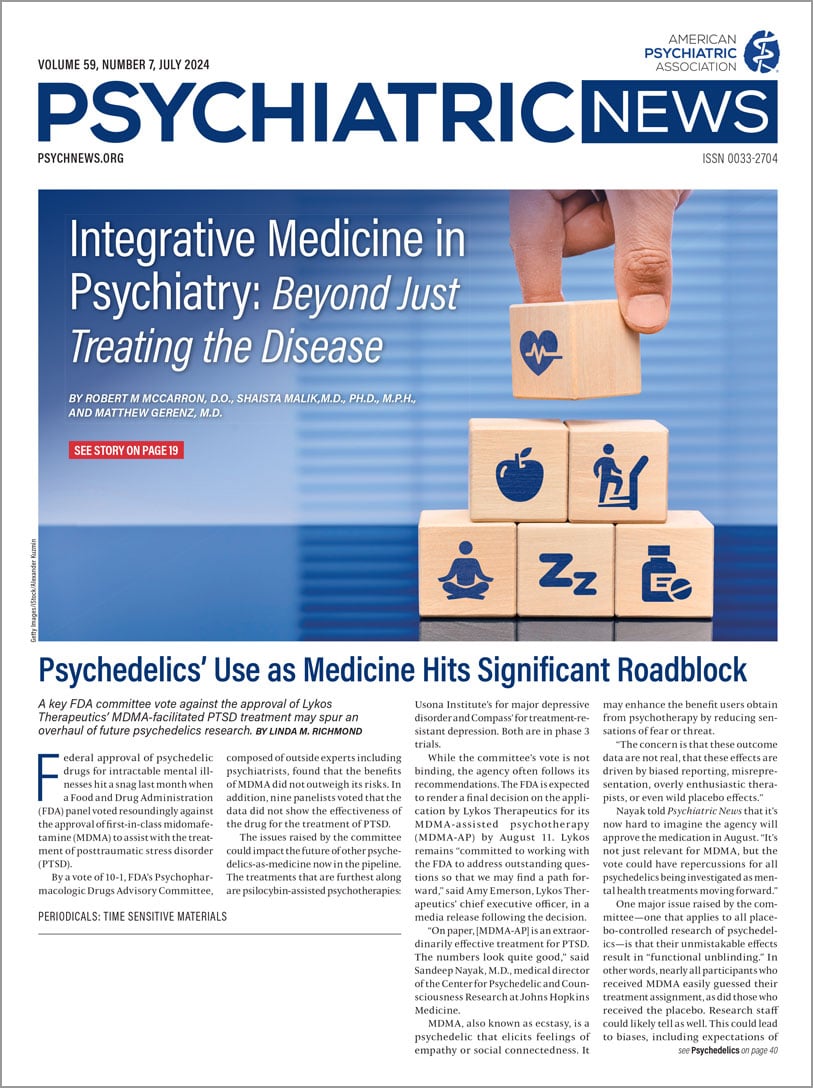Homo sum, humani nihil a me alienum puto.
“I am a human being, and thus nothing human is alien to me.”
―Terence (Terentius)
“Baby Reindeer,” a recently launched Netflix drama series, is a visceral journey into a dark emotional territory. A drama in which the main protagonists, Donny and Martha, stripped of all pretenses, their vulnerability laid bare, find themselves trapped into the treacherous channels of fear and desire. But it is so much more than that.
Watchers be aware, as this is a take-no-prisoners, captivating, and I mean it literally, work of art. Martha emotionally trapping Donny—more on this later—manifests through “Bady Reindeer,” “capturing” us, its unsuspecting audience. I didn’t anticipate being caught; I harbored the illusion that I had control, yet, there I was, hours later, episode after episode, unable to separate myself from all those raw emotions that I had no choice but to experience. I felt like another Donny, aware of the damage, yet paralyzed by the dramatic emotional rollercoaster, unfolding, like another Martha, on my living room TV screen.
Obsessional attachment, the series’ central theme, isn’t new to film. Adrian Lyne’s “Fatal Attraction” called it for what it is, but in many ways, “Baby Reindeer” seems to draw a thematic arc back to Alain Resnais’ 1961 classic “Last Year in Marienbad,” where X, the lover, and A, the beloved, like Martha and Donny, are trapped in a narrative blurring the lines between reality and illusion, between memory and imagination. A dreamy reality reminiscent of the Eurythmics’ “Sweet Dreams,” in which characters, crushed by their ominous obsessions, bleed into one another, becoming mere spectators in an unforgiving drama they are forced to enact.
Is it tragic romanticism, grand love in its ideal form, where one disappears into the other, or is it stalking, a violent imposition of unrequited love? It is both. The ambiguity lies in the conflict between the desire to be idolized and unconditionally accepted and the fear of disappearing in an all-engulfing, suffocating other. It is this conflict that makes Martha and Donny, like the eternal Xs and As, so tragically human.
Donny’s tragic history, including a history of abuse that pushed him into a state of sexual confusion, draws Martha into his orbit, where she soothes his wounds. The perpetrator-lover engages her victim-beloved in an almost hypnotic dynamic; the victim, elevated to a God-like status, is caught in a spinning web of worship and adulation, conflicted and soothed, confused and comforted at the same time. Donny’s ambivalence toward Martha is palpable and contagious as we watch the drama unfold.
Can we relate? Yes, the way Donny related to Martha when he offered her that first cup of tea. Do we understand? At some deep level, intuitively, maybe, but not in a way that is easily translatable in words. There is a feeling of confusion when we feel simultaneously pulled in and pushed away.
“Last Year in Marienbad” can help illuminate the origins of this confusion. A, pursued by X, initially rejects his narrative of their shared past, then passively accepts it, eventually integrating it into her own. In the 1960s, consistent with a cultural narrative valuing tragic love, the victim, A, a woman, is persuaded by X, the perpetrator, a man, to leave together. In the 2020s, consistent with anti-stalking cultural norms, the beloved, Donny, a man, separates from the lover, Martha, a woman, who is imprisoned.
But it is the 1960s telling of this eternal story that clarifies the hidden meaning of the 2024 version. Driven by their histories, disconnected partners caught in a relationship resembling a magnetic dance, build a reactive arc between their isolated selves. The protagonists lose agency and, as automatons, find themselves bound by a bridge created in spite of and, at the same time, because of all their other nonrelationships. A paradoxical union as it seems to weaken, not strengthen, the united parties.
“Baby Reindeer” teaches us about abuse and resilience, crime and punishment, love and addiction. Coupled with “Last Year in Marienbad,” it reveals the power of isolation and connection and illustrates the mesmeric power of complete adulation, which could replace a victim’s identity with their perpetrator-molded version.
Sitting in this coffee shop, finishing this reflection on our shared humanity, a song catches my ear.
“I am only human,” sings Rag ‘n’Bone Man. ■

